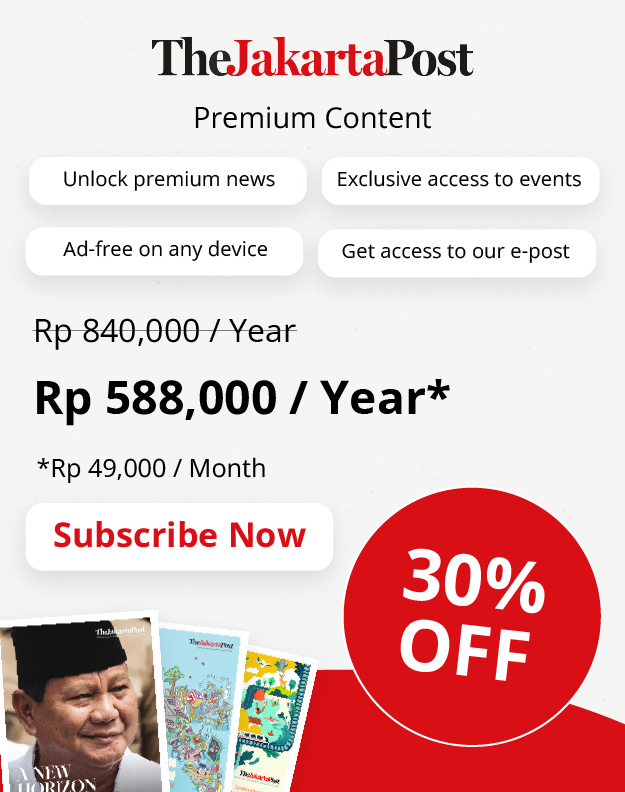Latest News
Bungo Regent Dedy Putra announced that Muara Bungo Airport will add a Jakarta-Bungo route served by Lion Air Group subsidiary PT Batik Air Indonesia with its Airbus A320 and Sriwijaya Air Group subsidiary PT NAM Air starting from February 2026. To support smooth and safe transportation activities, the Indonesian government is currently increasing the thickness of the airport apron, where aircrafts are parked, loaded, refueled, boarded, and/or maintained.
"The state budget [allocation] is currently being worked on by the Transportation Minister (Dudy Purwaghandi), and it will be completed in December. The Jambi Governor (Al Haris) will take part in the [inaugural] flight from Jakarta to Bungo Regency on Batik Air," Dedy stated in Jambi on Dec. 6, 2025.
He added that the apron hardening is an effort to improve the facilities needed by the Airbus aircraft. In addition to increasing the airport apron's thickness, the regency government is currently proposing to widen the runway.
"The runway is currently 2,100 meters long, but we want to widen it first. Its [width] is currently 30 meters, and we're proposing to widen it to 45 meters," he said.
The Bungo Regent projected that the airport could be used to serve Hajj pilgrims. The proposal has been conveyed to the Jambi Governor, and the provincial government has responded positively to the plan. The approval demonstrated the potential importance of Muara Bungo Airport in supporting Hajj services by saving time and money for residents of five regions in western Jambi.
"We hope that next year, Hajj pilgrims can fly directly from Bungo to Batam. Our target, and the governor has agreed, is [to serve] Bungo, Kerinci, Sungai [Penuh] City, and Tebo. The governor has discussed this with me, and if possible, we will fly directly [to Batam], eliminating the need for [residents of those regions to travel to Sultan Thaha Airport] in Jambi [City]," he explained.

